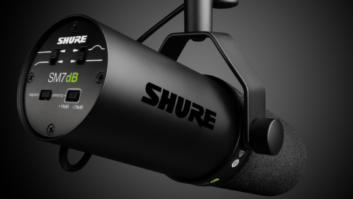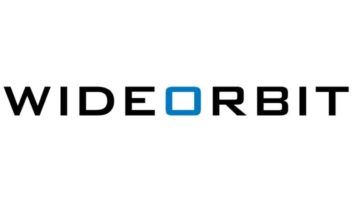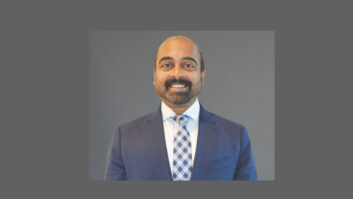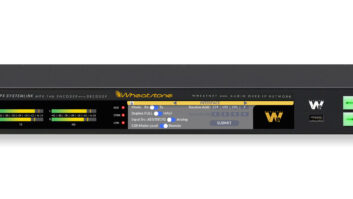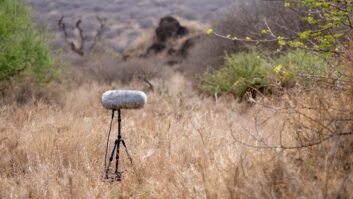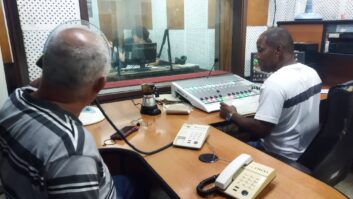Shure Inc., maker of wireless mics, has joined broadcasters in a call for the FCC to allow public comment on the trove of data it released in conjunction with Chairman Kevin Martin’s plan for white space rules.
NAB and others filed an emergency petition against the planned Nov. 4 vote, arguing that data from the FCC Office of Engineering and Technology doesn’t support Martin’s move to approve unlicensed white space activity at levels broadcasters say would interfere with DTV.
In particular, Shure says the OET failed to make a case that the future white space devices would not interfere with wireless mic use.
“Test data from microphone tests is less favorable to sensing than the DTV data, but gets buried at the back of the report,” Shure told the FCC in its filing in support of a fresh comment period on the data. “It is also heavily redacted. Individual tests are not published.”
Shure has offered its own plan for protecting wireless mics. It would like “minimally sufficient protected channels” centered around Channel 37 and Channel 11, with all new white space devices managed by a geolocation database that would reflect events, such as sports, that involve abundant mic use. The Shure plan also calls for six protected UHF channels (reduced to four channels after three years) and two protected VHF channels.
Those channels would provide bandwidth for smaller operations (churches, for example) that use wireless mics but don’t have the professional coordination and means to enter their data into the proposed geolocation database the way a large event would.
But relying on spectrum-sensing alone — as envisioned by the Martin proposal — would be a non-starter, said Ahren Hartman, director of platform engineering for Shure. Imagine the Rolling Stones playing in front of tens of thousands of people, all holding personal white space devices, Hartman suggested. Mick and Keith would have to hope that all the devices detect mic activity before transmitting on those channels — and the OET data, despite its declaration of the “proof of concept,” indicates enormous work yet to be done to make that technology reliable.
“The stuff doesn’t work, for any host of technical reasons,” said Hartman. “The failure rates were just abysmally high. It’s unbelievable that they can come to that conclusion [that spectrum-sensing will be adequate] when they stood there and watched the tests.”
The Shure plan for reserved channels for wireless mics, along with a geolocation database, would work “if and only if there is no such thing as a spectrum-sensing-only device,” Hartman said.
He also rejected white space advocates’ claims that the years of FCC testing and the open testing process has given incumbents all the chance they need to comment on the data.
“Everyone was there watching the tests, but the commission’s conclusions aren’t supported by the actual test results,” he said. “That’s why we want to get the data processing out for public comment.”
Meanwhile, lobbying continues. Bill Gates himself spoke on the phone Oct. 20 with Martin and Commissioner Michael Copps, urging them to get the rules done by Nov. 4 so industry can get cranking on the new products.
NAB has enlisted upward of 70 members of Congress to urge caution on the rules, inclusing several who spoke up in favor of the request to delay the vote and allow public comment. Those included Sen. Mel Martinez, R-Fla., and Reps. Carolyn Maloney, D-N.Y., Shelley Berkley, D-Nev, Mark Steven Kirk, R-Ill, Bobby Rush, D-Ill., Jon Porter, R-Nev, Jerrold Nadler, D-N.Y., William Lacy Clay, D-Mo., Jim Cooper, D-Tenn and Robert Brady, D-Pa.
Last Friday, 46 state broadcasters associations added their support to the broadcasters’ position.
— TV Technology





